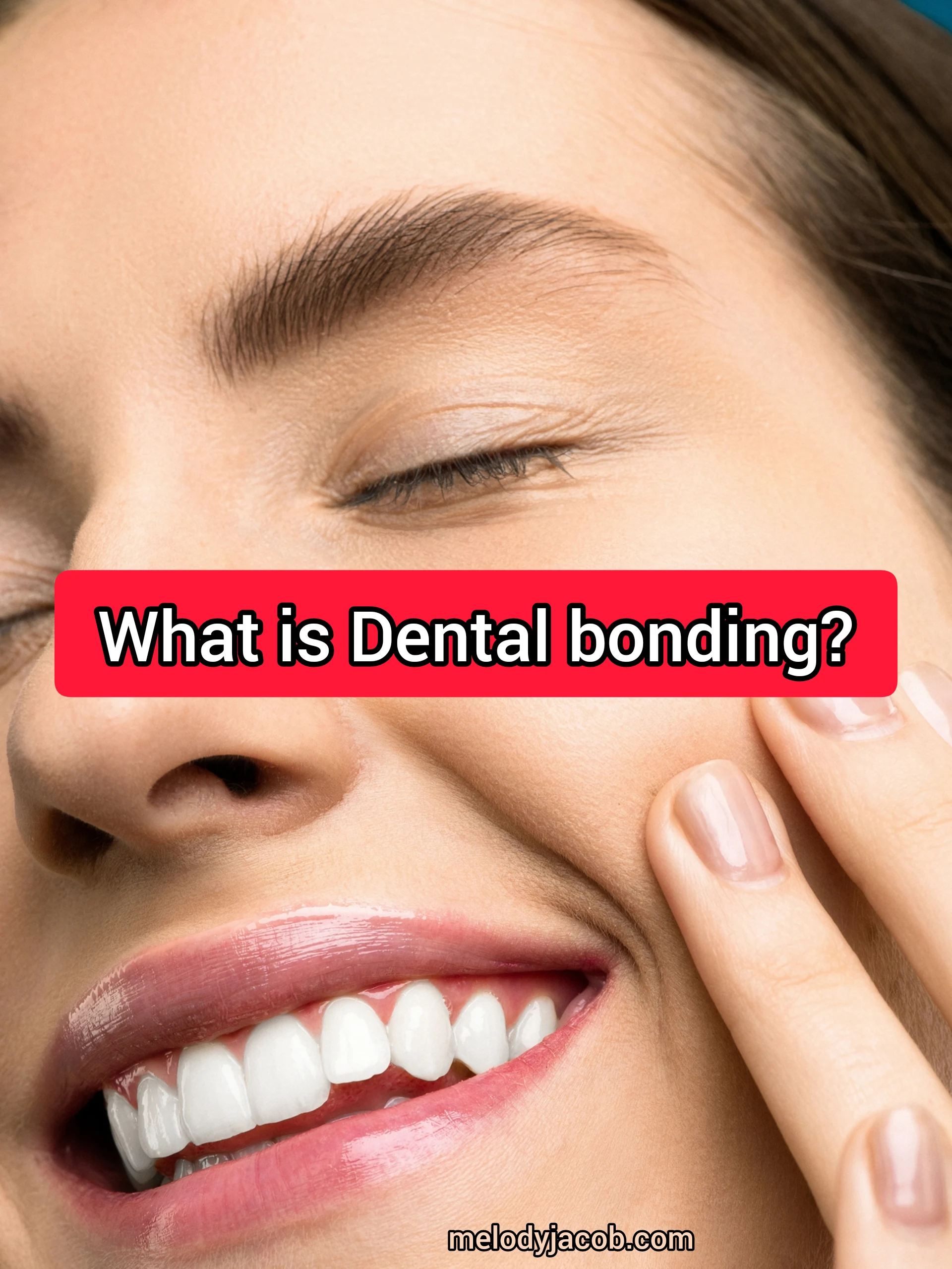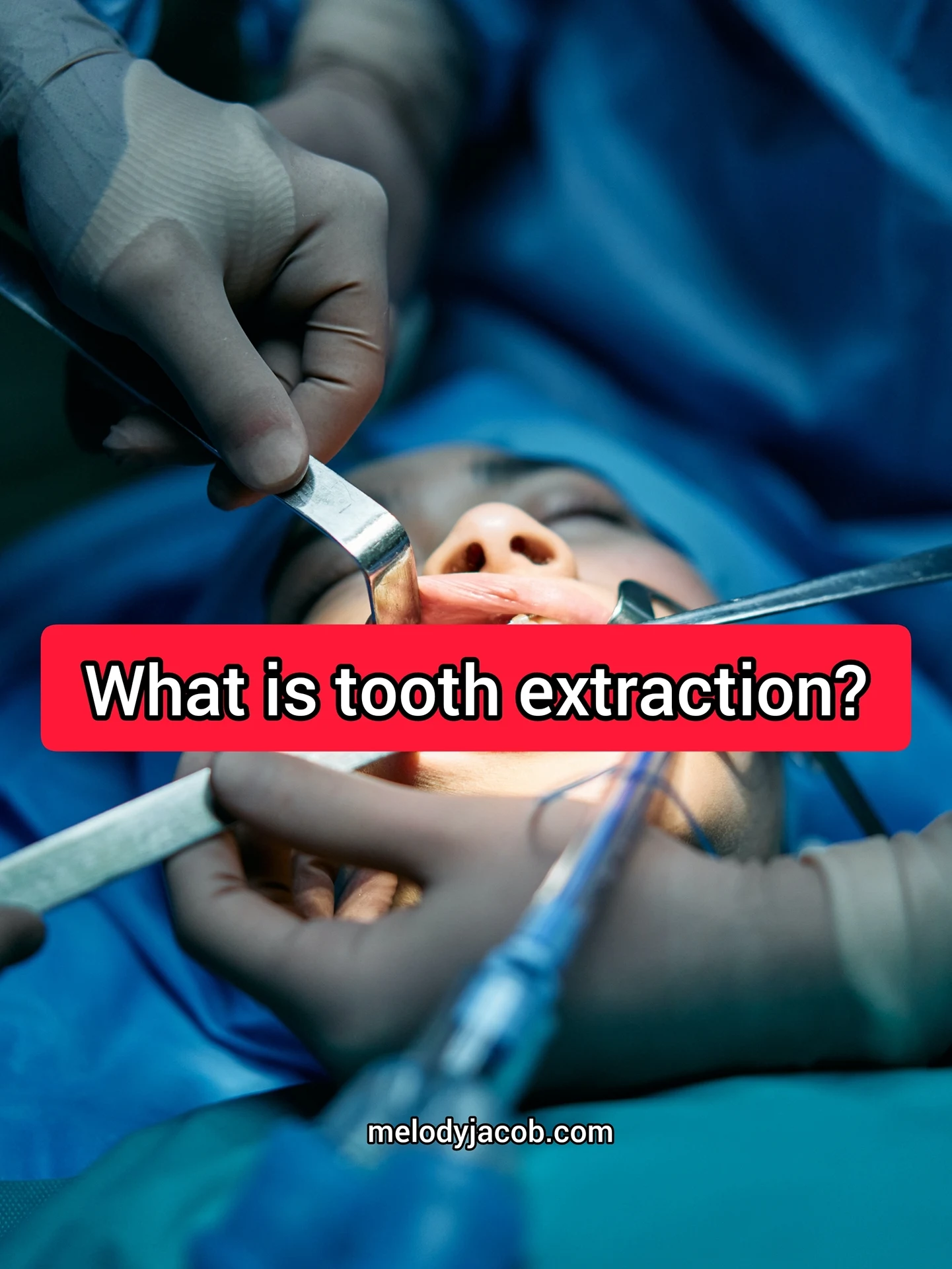I am sharing this because I have a young niece who loves to sleep in my room at night, where she grinds her teeth when she is asleep. Here's what you can do if you are told that you grind your teeth at night.
It's common to grind your teeth at night, but because you're asleep, it can be hard to tell if you're doing it. If your sleep partner doesn't tell you that you look like you're grinding your teeth when you move your face, you might find out when you wake up with jaw pain, sore or sensitive teeth, neck pain, a headache, or an earache.
If you grind your teeth for a long time, it can hurt your gums, loosen or break your teeth, make your jaw click and hurt, and make it hard to chew. It's clear that you shouldn't ignore it.
Root canal therapy is an endodontic treatment that can help you regain your healthy smile without having to extract a tooth. When a dental injury or infection has reached the roots of your teeth, it is usually recommended.
Even a small cavity or crack that is virtually invisible can allow bacteria to enter your tooth and infect the pulp at its centre. All of the tissue, nerves, and blood vessels that keep your tooth healthy are found in the pulp. If the pulp is removed, your tooth can still exist with just the dentin and enamel. However, if the infected pulp is not removed, the infection can lead to pain, swelling, and other issues with your smile.
Teeth whitening is a simple, effective cosmetic dental treatment that can significantly improve your smile in just one treatment. Our professional teeth whitening treatments apply a strong yet safe whitening gel to the surface of your teeth. This gel works to remove stains, discolouration, and yellowing from the tooth enamel. Teeth whitening systems that are both in-office and take-home are frequently available. Professional teeth whitening can provide you with a noticeably whiter smile, boosting your self-esteem and allowing you to smile with pride.
The loss of one or more permanent teeth can impact a person's ability to chew, speak, and smile.
Dental implants are long-lasting, stable tooth replacements that can be used to replace a single tooth, multiple teeth, or entire dental arches. The titanium dental implant post is surgically implanted into the jawbone at the location of the missing tooth. It restores the missing tooth root and guarantees the stability of your dental repair. Often, a period of healing is required before the bone can begin to fuse with the biocompatible post.
Are you expecting a child? Congratulations! You will go through a lot of changes in your life in the next few months, but don't forget about your oral health. A pregnant woman with a big smile
Here's what you should know about your oral health and dental work while you're pregnant.
Dental Issues That May Occur During Pregnancy
Hormone levels, particularly oestrogen and progesterone, will rise throughout pregnancy. Increased levels of these hormones can make your gums react more aggressively to plaque.
When plaque builds up and isn't removed, it can be dangerous. This build-up is especially harmful during pregnancy, and it can lead to a condition known as "pregnancy gingivitis." Excess plaque causes gums to become red, sensitive, swollen, and bleeding. Gingivitis can progress to periodontitis, a devastating form of gum disease in which the jawbone and other supporting components of your teeth are lost if left untreated.
Pregnant women are also at risk for pregnancy tumors (granulomas), which are non-cancerous gingival growths that occur when swollen gums get irritated. According to this cosmetic dentist Paramus the tumors usually do not need to be treated and will go away when the baby is born. However, if the tumor grows too large, it can make it unpleasant and difficult to eat and care for teeth (brushing, flossing, and so on). If this happens, we may recommend surgical removal of the growth.
A dental bridge is a prosthetic that replaces numerous lost teeth in one area of the mouth, allowing you to speak, chew, and smile normally once more. A dental bridge is a type of prosthetic tooth that is used to replace missing teeth permanently. The teeth on each side of the gap are joined to the bridge. Porcelain, metal, a combination of the two, or zirconia are the most common materials used for bridges. They are set in situ and can be used instead of dentures for some persons.
A dental bridge may be recommended to restore your smile whether you are missing a single tooth or numerous teeth in a row. A bridge is a permanent dental treatment that cannot be removed. Two dental crowns are used to hold the dental bridge in place. These crowns are specially created to match your smile and are placed on the teeth or dental implants close to the gap left by the lost tooth. These crowns secure the artificial tooth in place to restore your smile, preventing it from shifting or becoming loose. A dental bridge is usually completed in just two to 4 visits to the dentist. Dental bridges are made to endure a long time and restore your smile's function, appearance, and health.
Porcelain veneers are thin shells that cover the natural tooth, protecting it while also improving the appearance of your smile. If you are considering porcelain veneers, we recommend that you seek expert advice from your dentist.
Dental veneers are very thin shells that are glued to the front of your teeth to improve the appearance of your smile. They are commonly made of porcelain or resin. Dental veneers may be recommended by your dentist to treat a variety of smile flaws. Porcelain veneers are a terrific way to improve the appearance of your smile since the hue and translucence of porcelain closely resemble the natural appearance of tooth enamel. Porcelain is also stain-resistant, so your smile will last for many years. Resin veneers can also be customized to match the color of your natural teeth. You can have a gorgeous, natural-looking smile with dental veneers that you will be proud to show off.
Are you unhappy with the shape and appearance of your teeth?

Dental bonding is a cosmetic procedure that improves your smile by using a tooth-coloured composite resin material. This procedure is used to repair chips, close gaps, or alter the shape and colour of teeth. Dental bonding, unlike other cosmetic dental treatments such as porcelain veneers, is completely reversible.
Dental bonding is a simple and cost-effective method of improving the appearance of your smile. Skilled dentists apply a composite resin material directly to the tooth structure during the bonding process. The resin can be shaped and sculpted to fit your tooth and correct flaws in its appearance because it is malleable and puttylike when first applied. After that, the composite resin is hardened, trimmed, and polished to provide a long-lasting, aesthetically pleasing restoration for your smile. Dental bonding usually requires only one visit to the office of your dentist and because this treatment usually requires little to no tooth preparation, you can expect your visit to be quick and comfortable.
How to Overcome Dentist Fear
 |
| Photo by Anna Shvets |
We understand that going to the dentist is something that many people dread. While most of us appreciate the end result of dental care, few of us love the procedure itself or the potential for physical or psychological discomfort.
You might be putting off dental care if you have dental anxiety or fear. You may be so afraid of the dentist that you avoid going even though you're in agony and have cracked, discoloured, or missing teeth, as well as a possible infection.
You might be putting off dental care if you have dental anxiety or fear. You may be so afraid of the dentist that you avoid going even though you're in agony and have cracked, discoloured, or missing teeth, as well as a possible infection.
While you may be ready to put up with some discomfort because it is small in comparison to other health issues, keep in mind that your oral health might have an impact on your entire health. Oral diseases, such as gingivitis and periodontal disease, spread bacteria throughout your body. Oral infections have been linked to cardiovascular disease, respiratory infections, and poor management of other systemic disorders, including diabetes.
Fortunately, there are certain things we can do to make you feel less anxious, so you don't have to jeopardize your dental health.
Dental Phobia: How to Overcome It
If you want to avoid going to the dentist, consider the following suggestions:
Make your dentist aware of your fears. We value your sentiments and will work with you to conquer your fears, but we can't help until we know about them. As soon as you make an appointment, notify your dentist's office.
While we try to avoid removing teeth whenever possible, certain conditions may necessitate tooth extraction as the most effective way to restore your smile's health and function. After the tooth is pulled, we are happy to give you one of our excellent tooth replacement treatments to get your smile back to its best health, beauty, and function.
Tooth extraction may be required due to a variety of conditions. These are some examples:
Infection. If tooth decay or injury reaches the pulp, the soft tissue at the core of the tooth that contains nerves and blood arteries, germs from the mouth can enter the pulp and cause infection. This is usually treated with root canal therapy (RCT), but if the infection is serious enough that antibiotics or RCT are ineffective, the tooth may need to be extracted to prevent the infection from spreading. A severe infection has destroyed a large part of the tooth and the bone that holds it in place that has irreparably damaged a tooth makes a successful restoration impossible
Crowding is caused by having too many teeth to fit properly in the mouth. When performing a tooth extraction, good dentists take great care and skill to ensure that your experience is as comfortable and painless as possible. Also, will also provide you with detailed post-treatment care instructions to ensure that your smile heals properly.
Tooth extraction may be required due to a variety of conditions. These are some examples:
Infection. If tooth decay or injury reaches the pulp, the soft tissue at the core of the tooth that contains nerves and blood arteries, germs from the mouth can enter the pulp and cause infection. This is usually treated with root canal therapy (RCT), but if the infection is serious enough that antibiotics or RCT are ineffective, the tooth may need to be extracted to prevent the infection from spreading. A severe infection has destroyed a large part of the tooth and the bone that holds it in place that has irreparably damaged a tooth makes a successful restoration impossible
Crowding is caused by having too many teeth to fit properly in the mouth. When performing a tooth extraction, good dentists take great care and skill to ensure that your experience is as comfortable and painless as possible. Also, will also provide you with detailed post-treatment care instructions to ensure that your smile heals properly.
Pexel image
Subscribe to:
Posts (Atom)
No content on this site, regardless of date, should be used to replace direct medical advice from your doctor or another trained practitioner.



